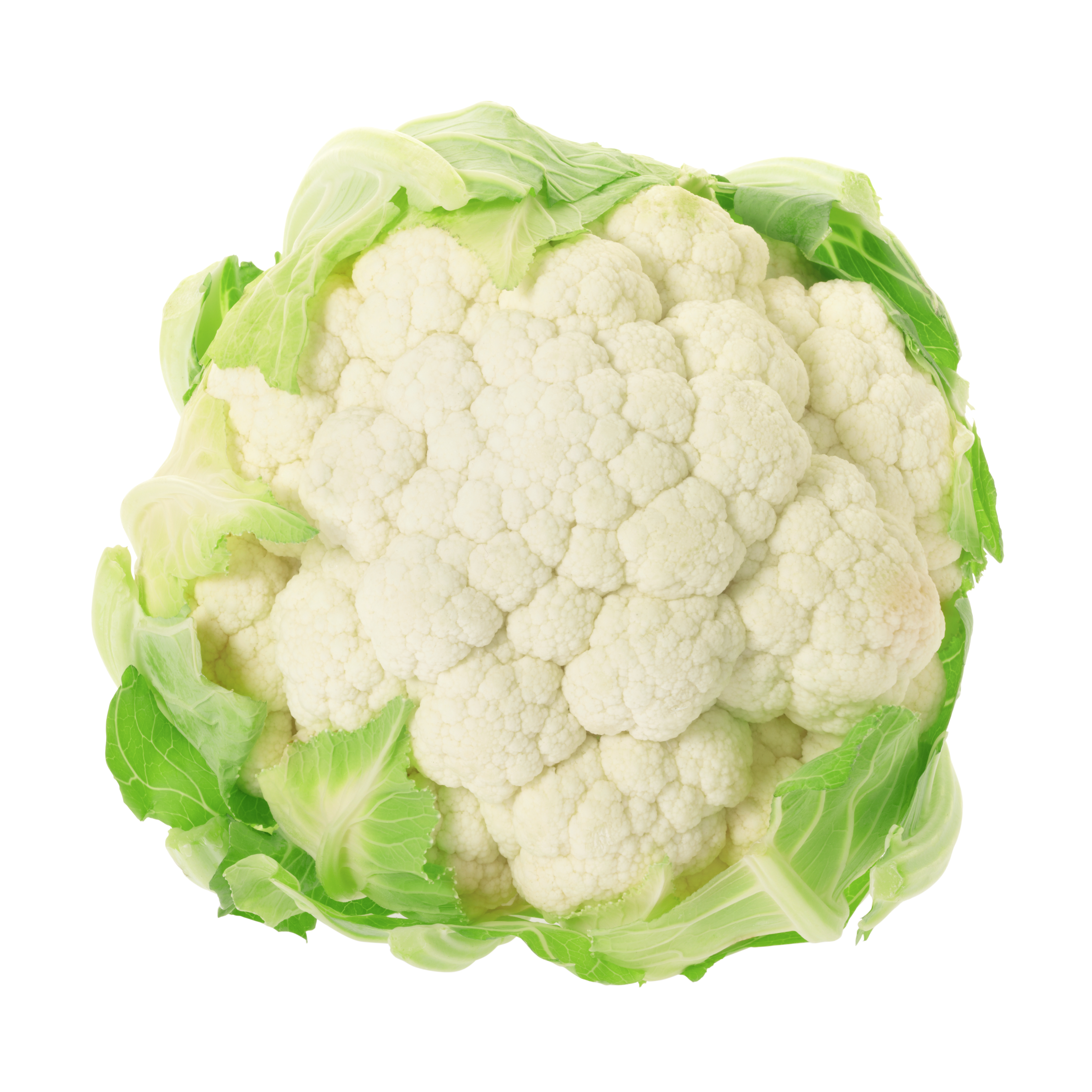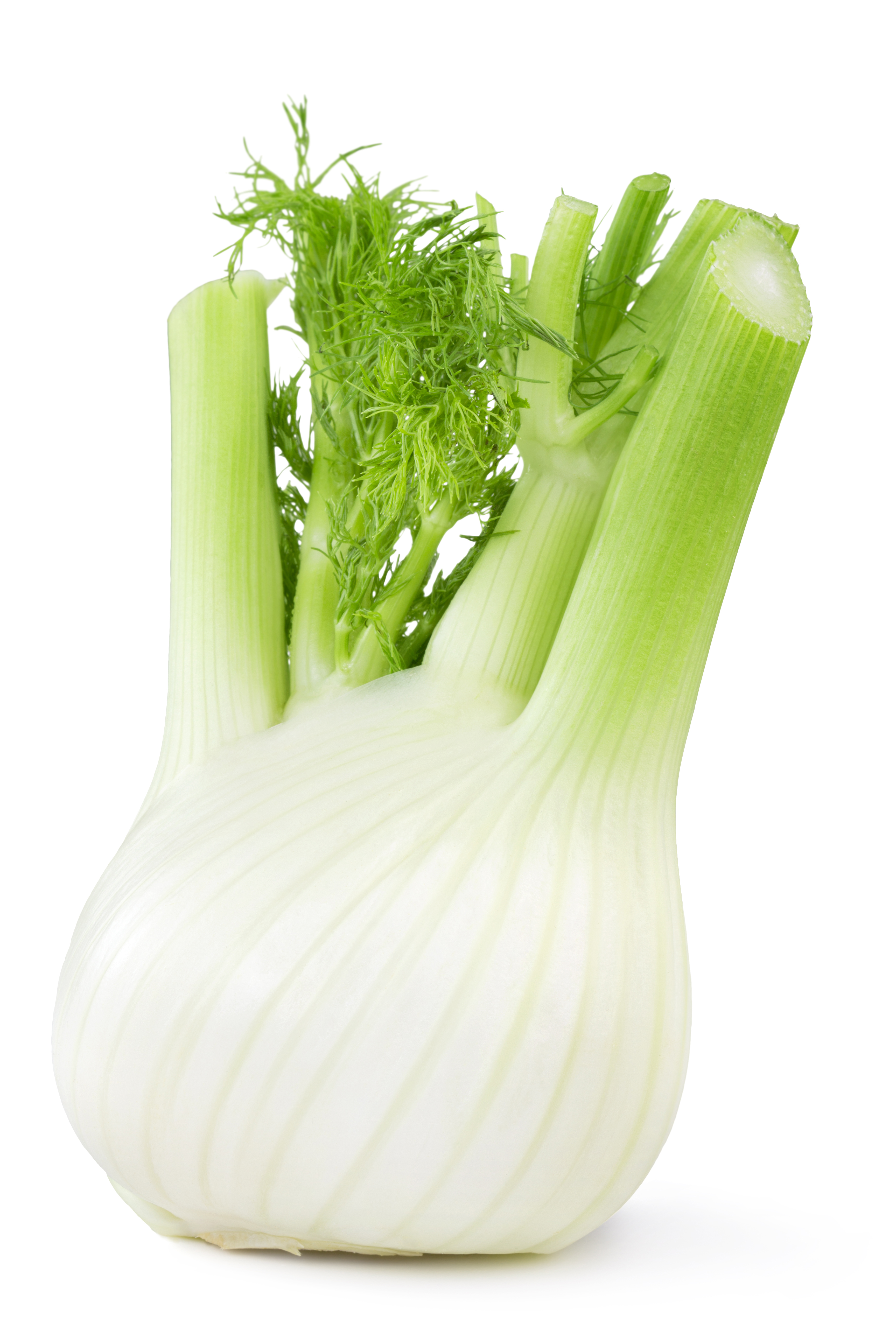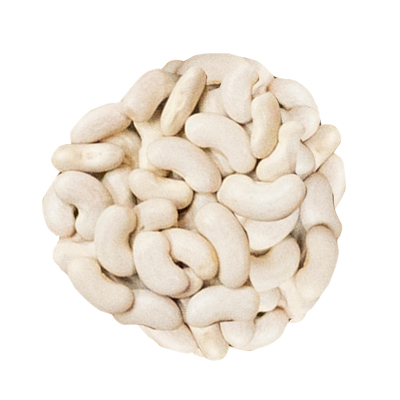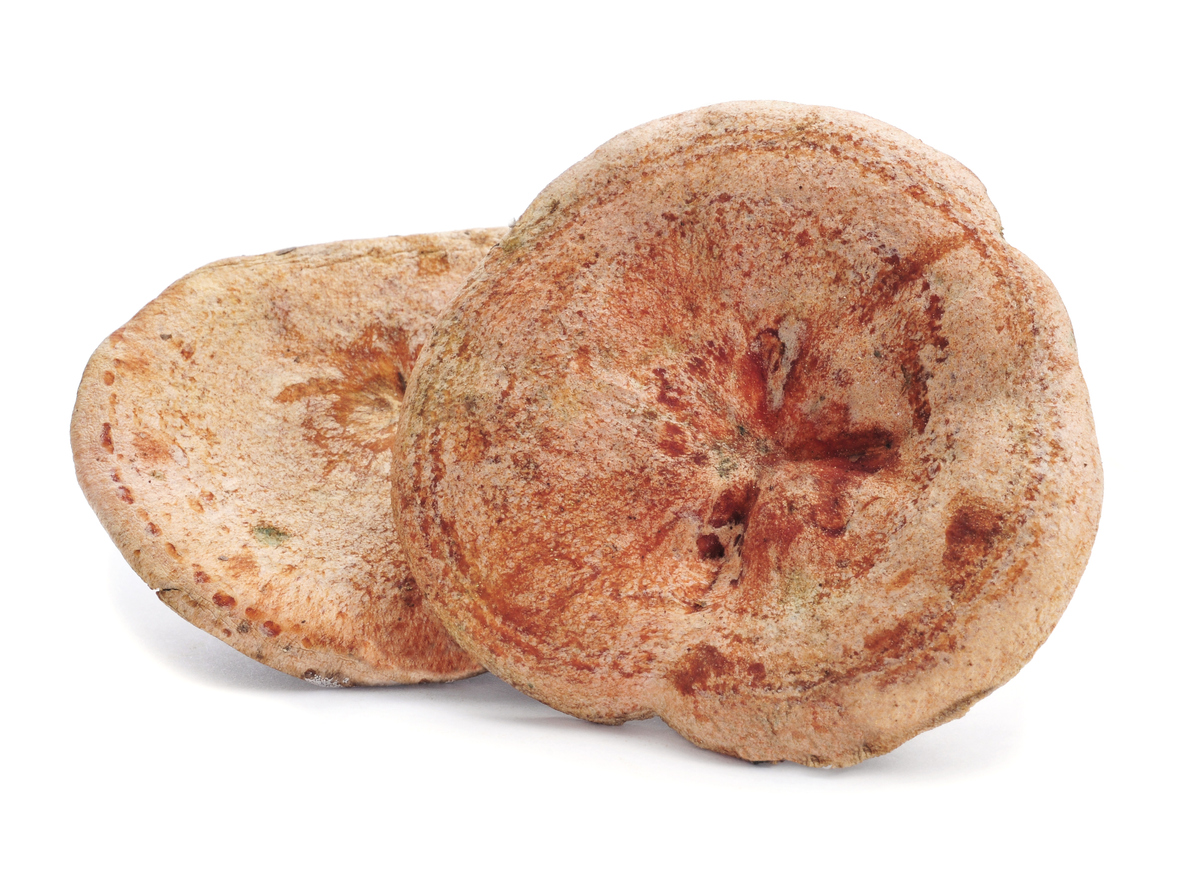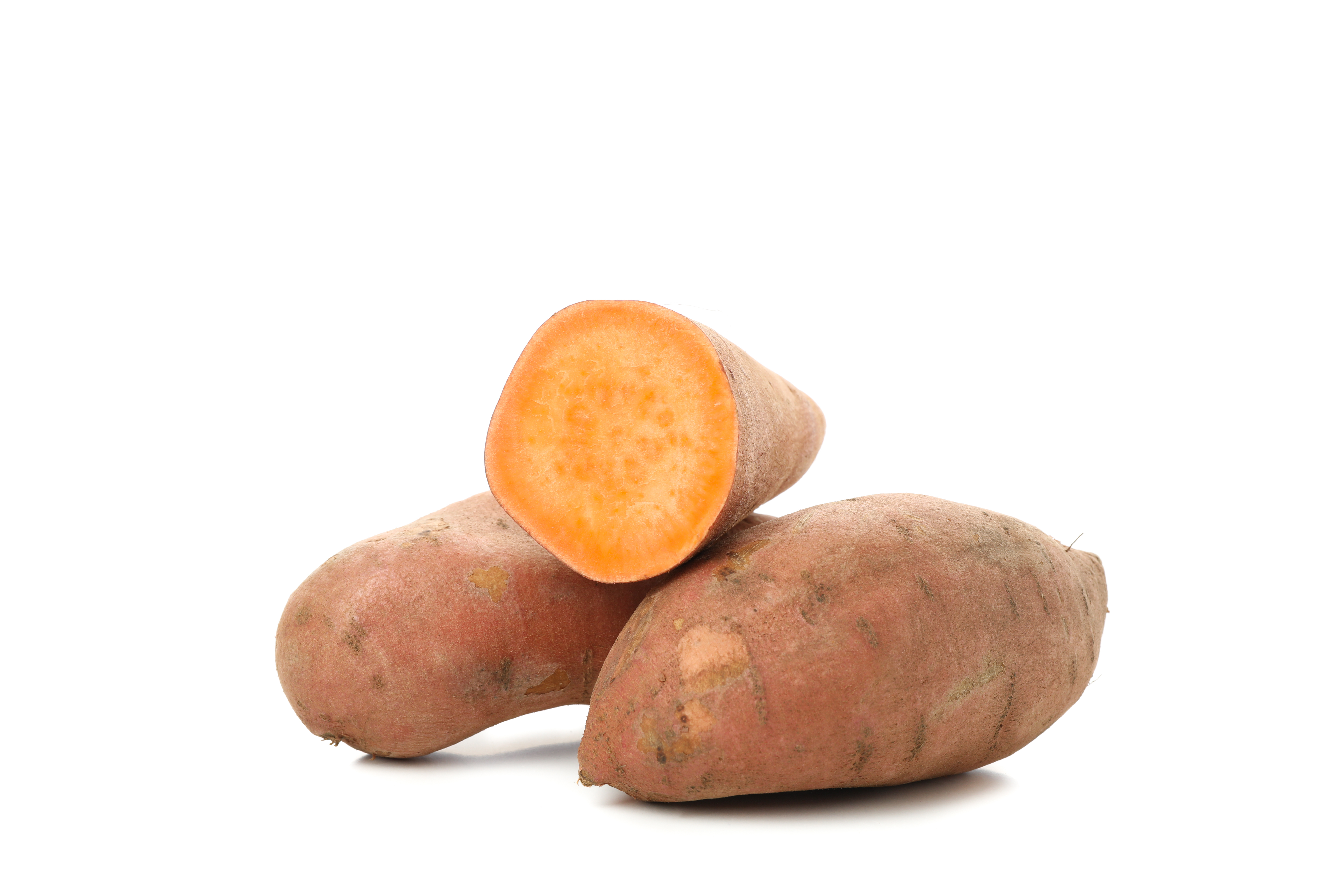Horse Mackerel
Greenback horse mackerel, Mediterranean horse mackerel and kingfish are three types of mackerel that are very common in the Mediterranean. They’re around 20-25 cm long, and have excellent nutritional value, a wonderful flavour and are very inexpensive to buy.
The three species are all very similar, and it’s important to boost the consumption of mackerel because populations in the Mediterranean are expanding due to an increase in water temperature.
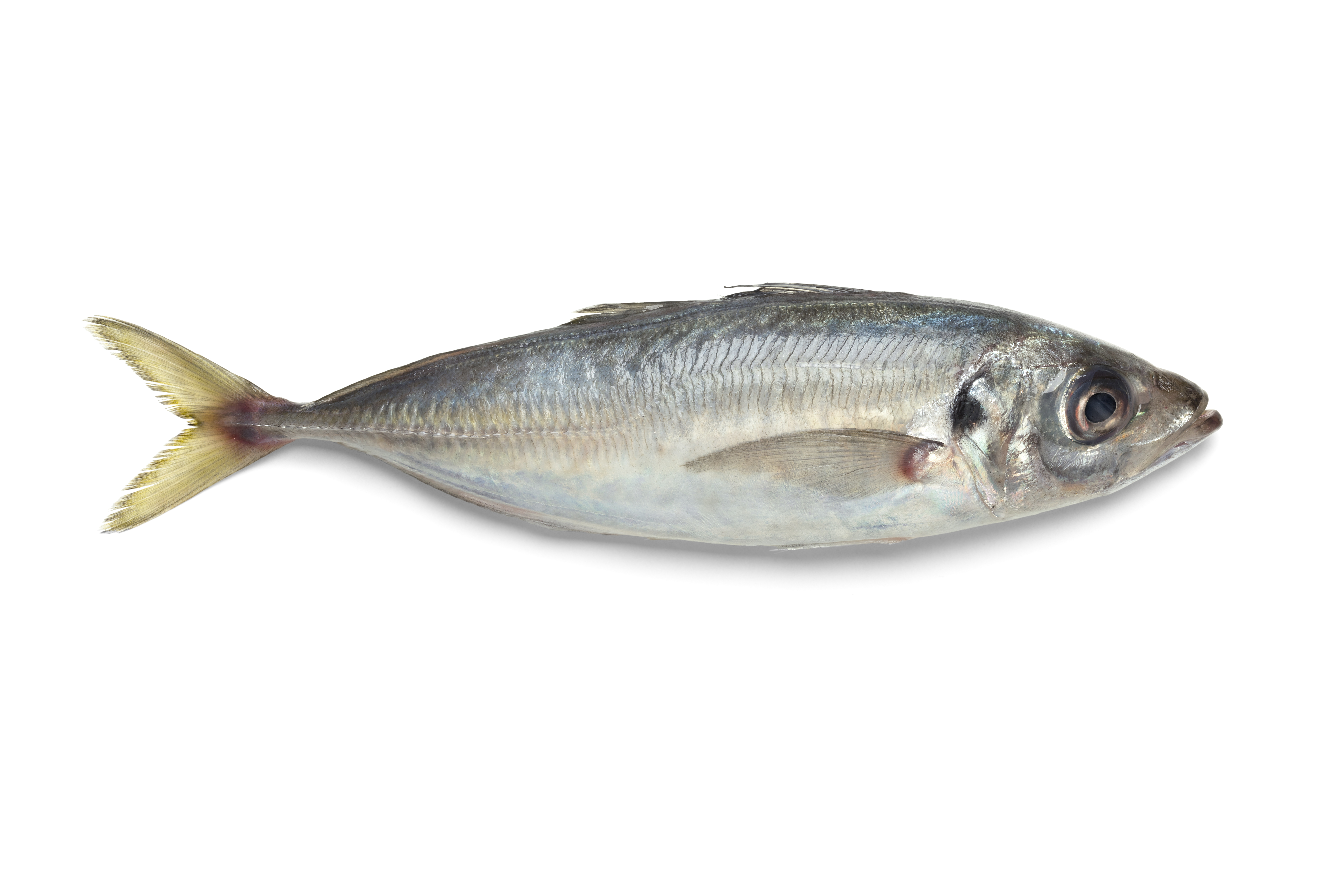
-
As it’s an oily fish, mackerel contains high levels of unsaturated fats (above all omega 3), vitamins A and D, and is rich in minerals (iodine and magnesium) as well as B group vitamins (particularly B12, which is only to be found in meat, fish and fermented vegetables).
-
These fish come in different sizes, but the most highly valued are the biggest ones. That said, the small ones make a great stock, and can also be fried either in breadcrumbs and or Andalusian style, in seasoned flour.
Larger fish can be filleted or butterflied and then grilled, barbecued or cooked in the oven.
-
Mackerel is not as well-known or as highly valued as sardines and anchovies, and it’s well worth championing and including in your diet. Inexpensive, very tasty and full of healthy fats, the population in the Mediterranean is currently expanding. It can be cooked on the barbecue, or in the oven, grilled, fried or soused.
Ideally it should be eaten fresh on the day of purchase, or the following day. Otherwise the best thing to do is either to freeze it or to use it to make stock for a fish soup or paella. Oily fish is rarely used for making stock because the high fat content tends to make it go off more quickly but it tastes great. With the trimmings and leftovers you could always make a tartare.



